Nyssa sylvatica
Black Gum
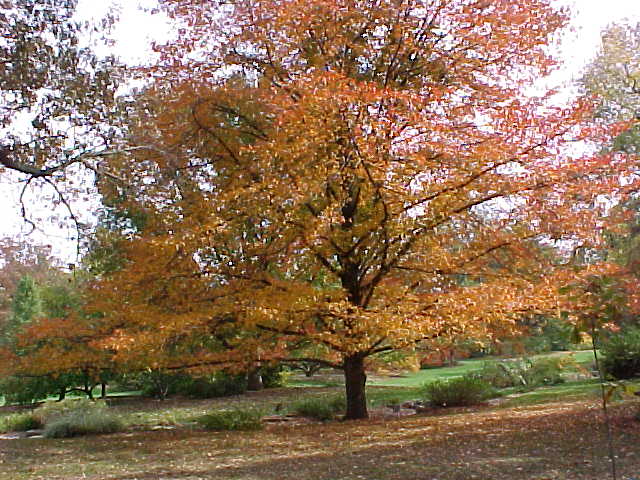
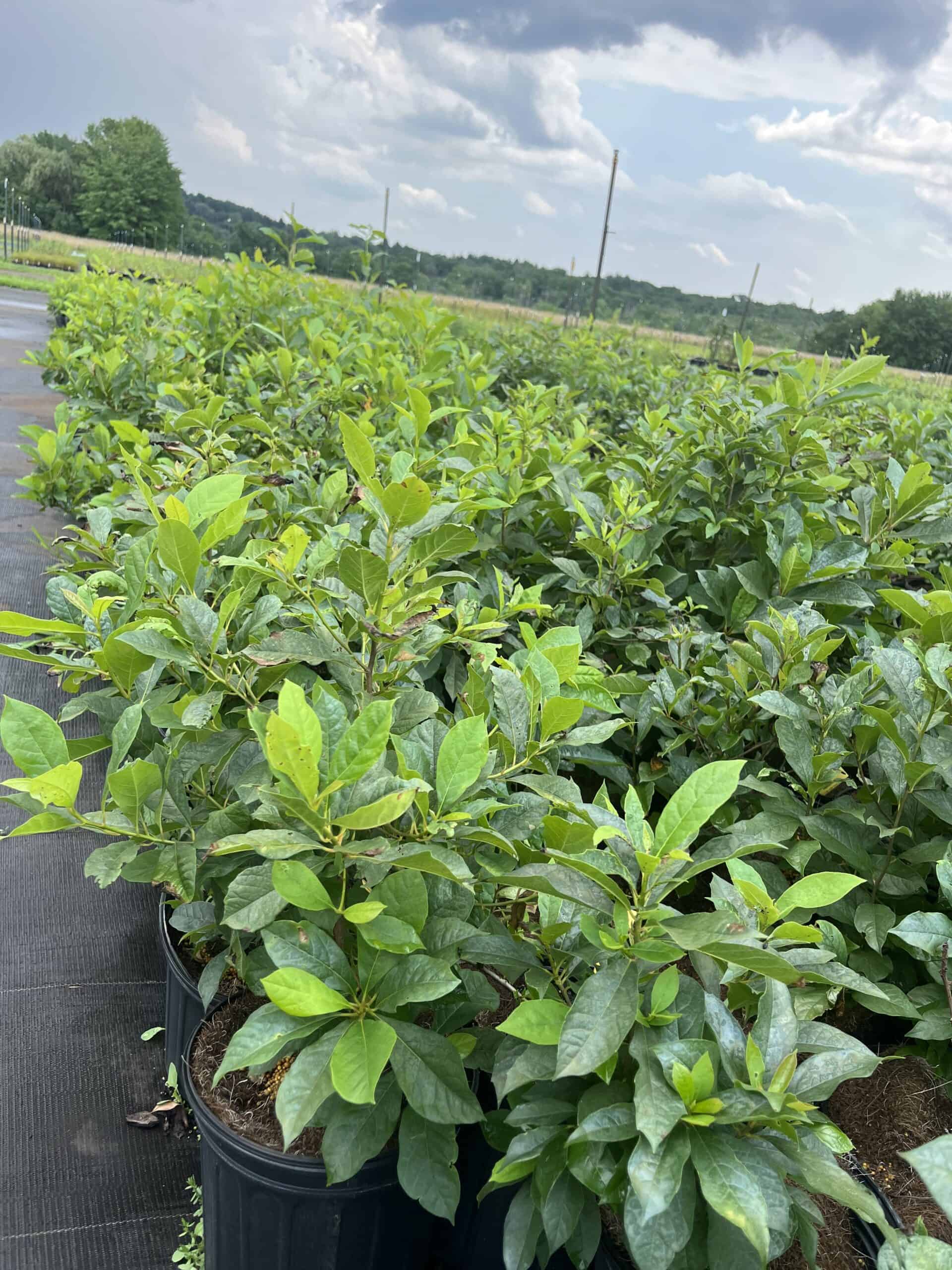
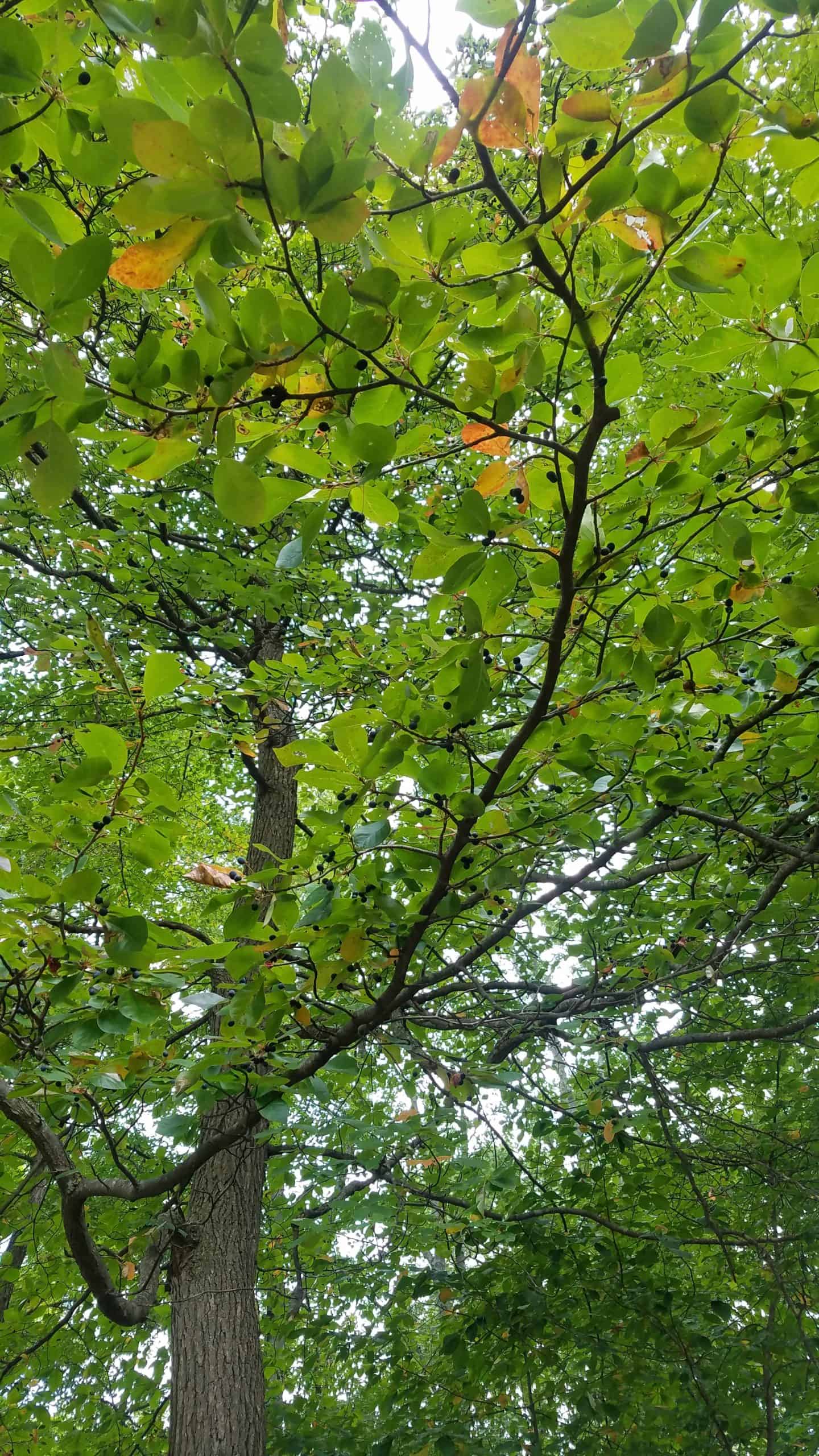
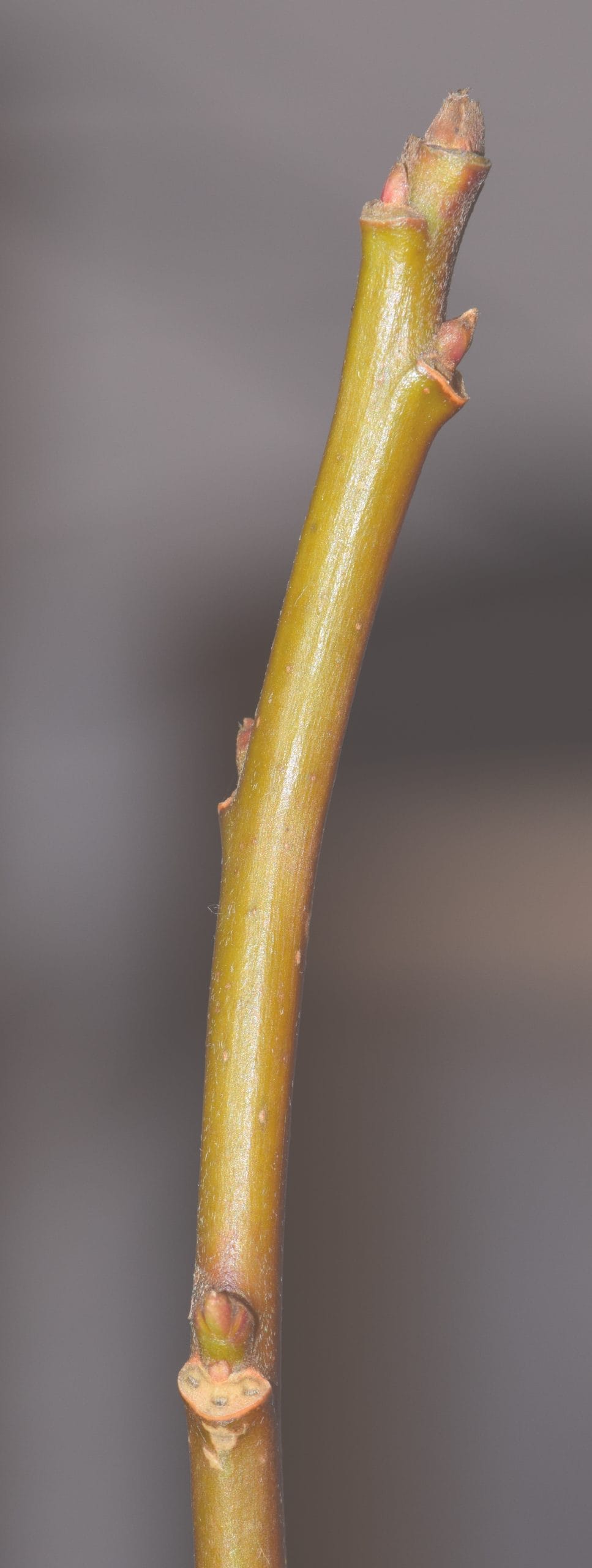
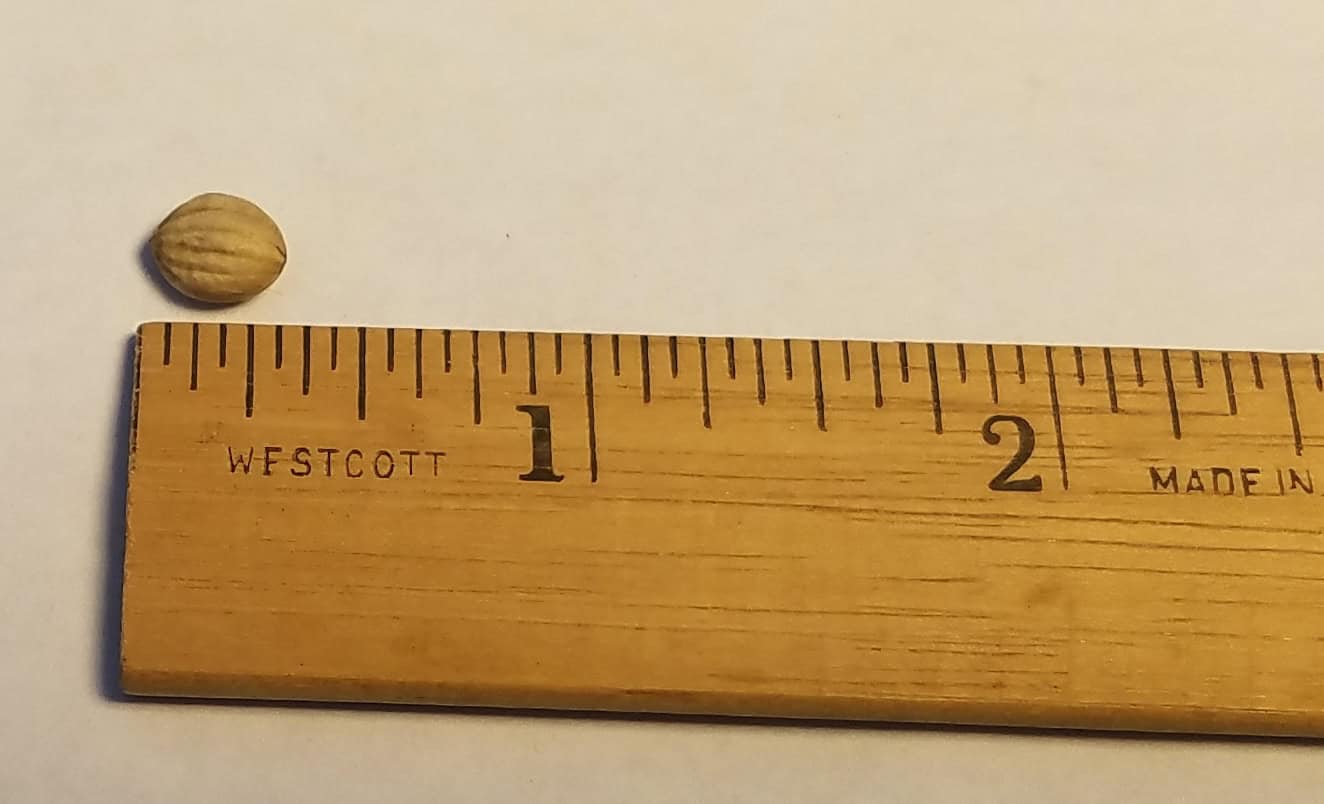


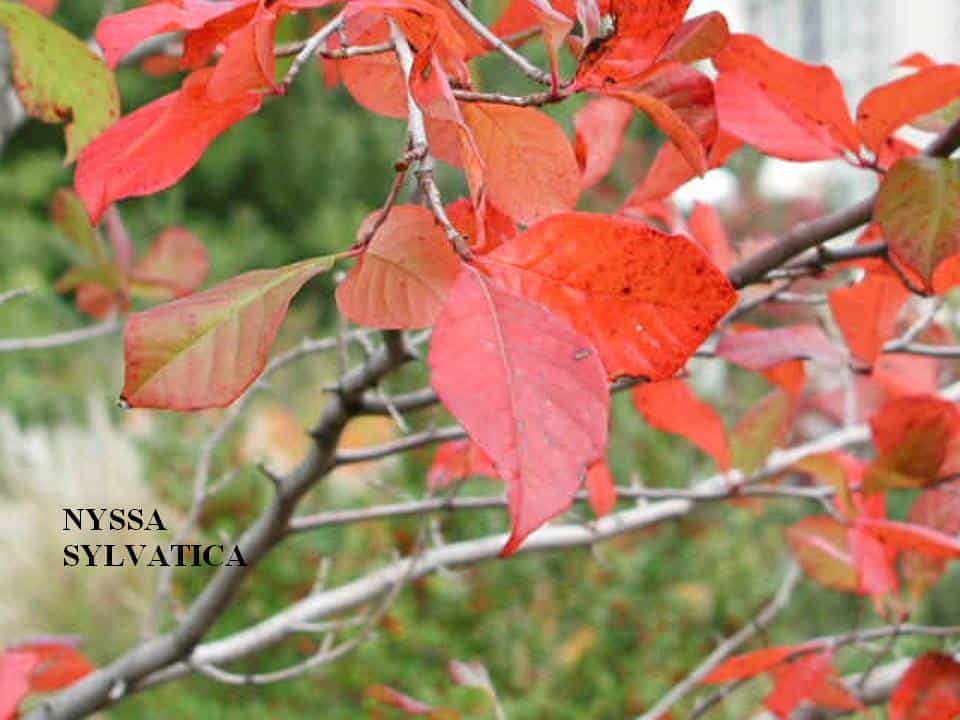

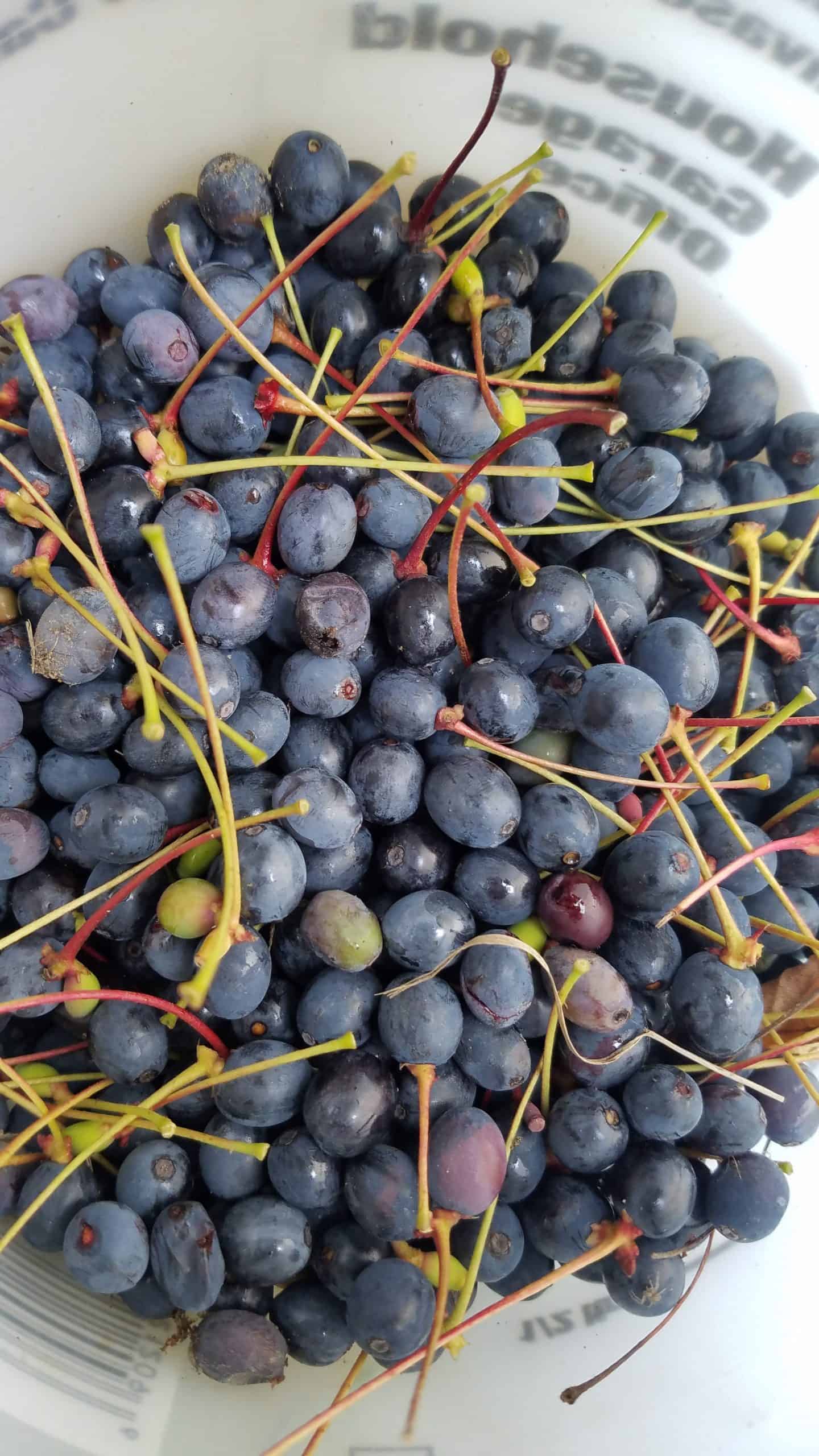
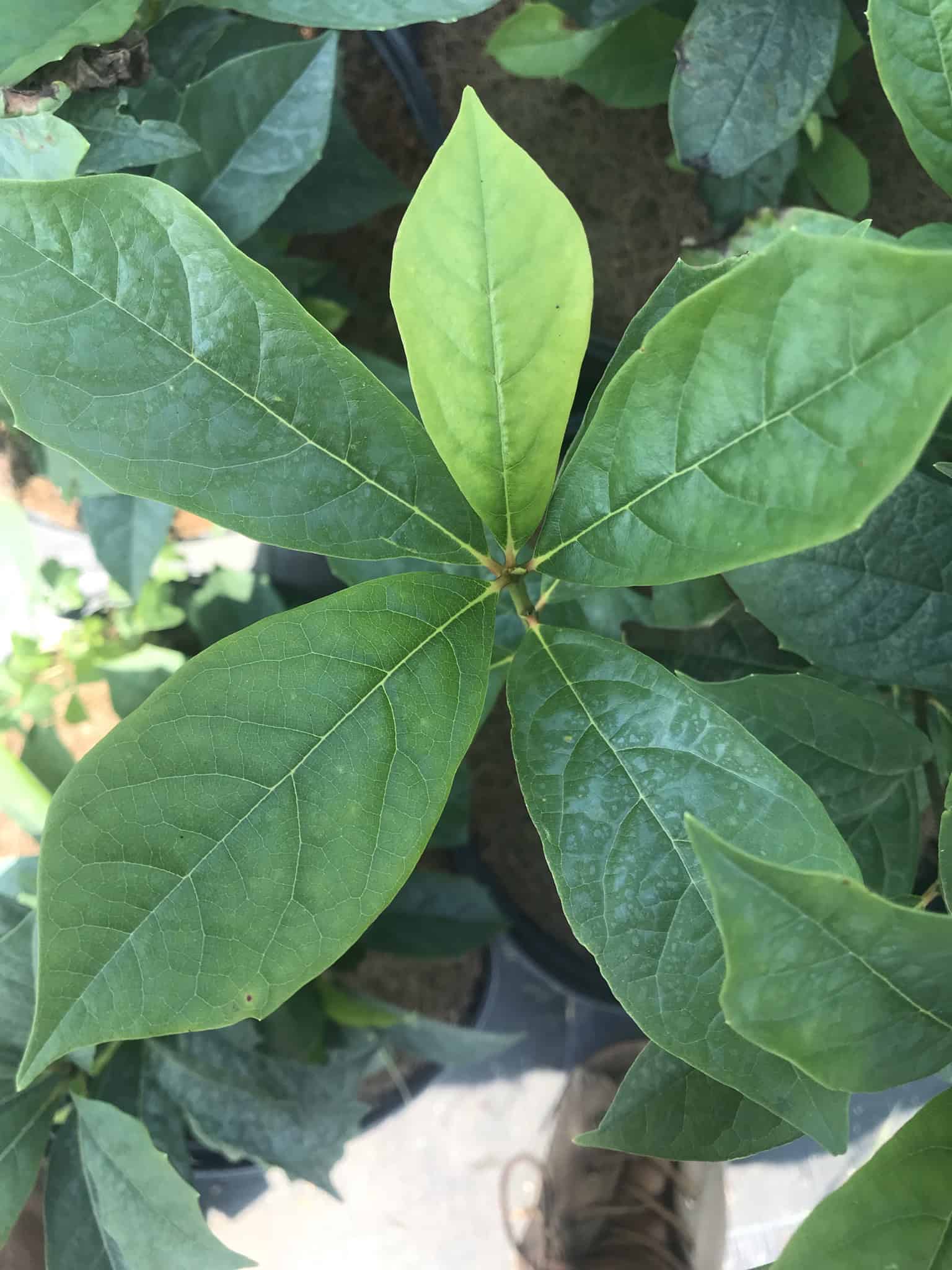
General
Black gum trees, also known as tupelo trees, are commonly found in forested wetlands and moist woods. They are also planted as specimen trees in public parks, due to their interesting horizontal branching habit, and fiery red fall color. In some regions, black gum is a source of wild honey. The fruits are a food source for everything from bluebirds to black bears, as a result of their high fat content. Edible for humans, although rather sour and bitter.
Plant Description
Black gum has medium-sized, alternate, oval leaves that turn a beautiful, fiery red in early autumn. The flowers are small and inconspicuous, and develop into ripe, dark-blue/purple drupes in October.
Height (ft)
75-95
Spread (ft)
20-30
Soil moisture
Damp/Medium
Soil types
Medium to coarse, prefers wet soils but will also grow in dry rocky areas
Wetland indicator
FAC
Shade tolerance
Shade Tolerant, Prefers full sun to partial shade
Bloom color
Green
Bloom period
Summer
Fall conspicuous
Yes
Anaerobic tolerance
Low
Drought tolerance
Low
Salinity tolerance
Medium
Mono/dioecious
Mainly dioecious, some perfect flowers
Range
Black gum trees are common in the eastern united states, and native to all of New England. Within the northeast, it is most commonly found in Connecticut, RI, New Hampshire, Eastern New York, and Southern Maine, and it is rather rare in Vermont.
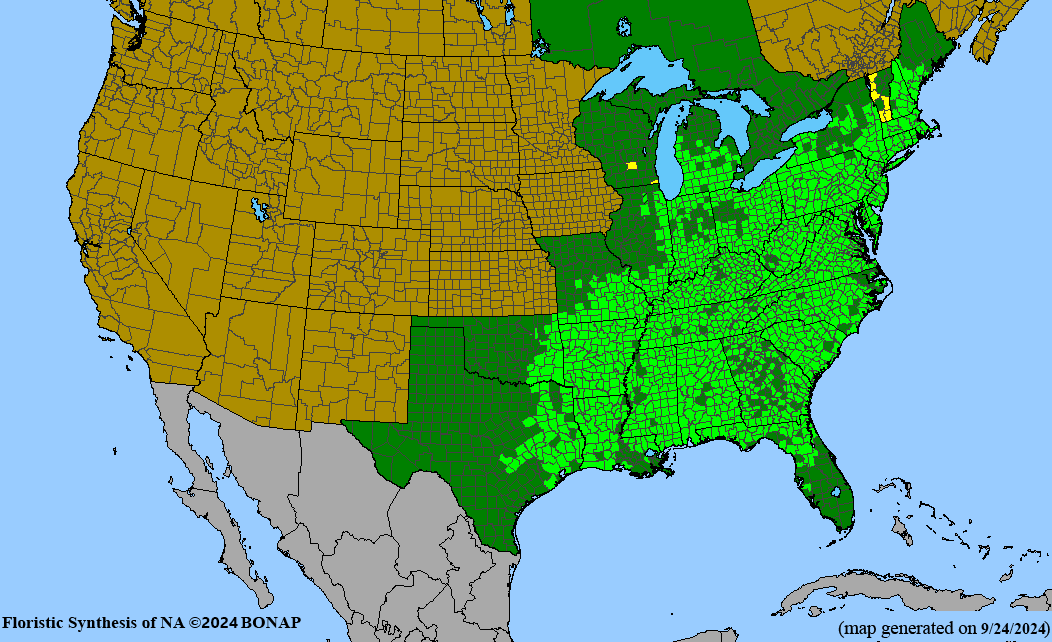
Kartesz, J.T. 2024. Floristic Synthesis of North America, Version 1.0. Biota of North America Program (BONAP) [website http://bonap.org/]
Additional Information
According to BRIT - Native American Ethnobotany Database, the wood was used by the Chippewa to make handles, mauls and war clubs because the wood would not split. Decoction of the bark applied to gun wounds. A compound given to those affected with worms.
